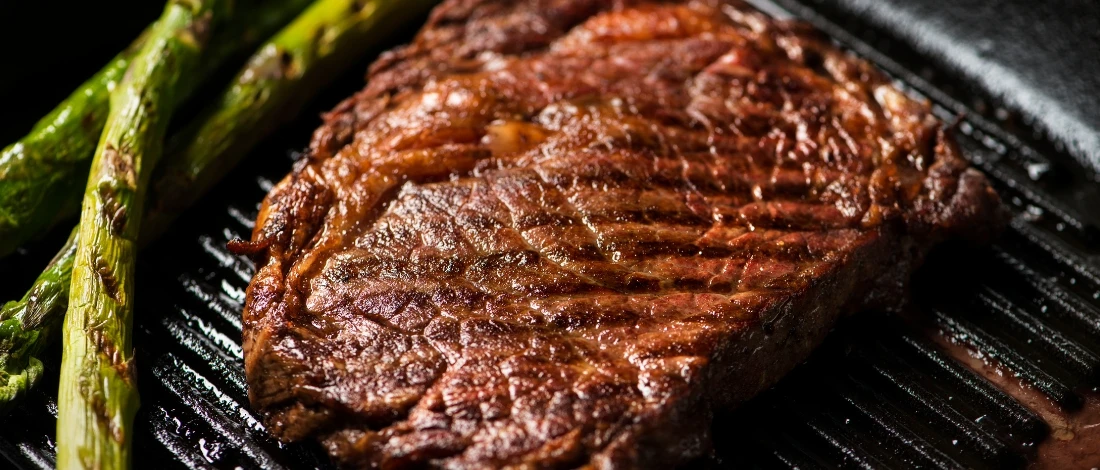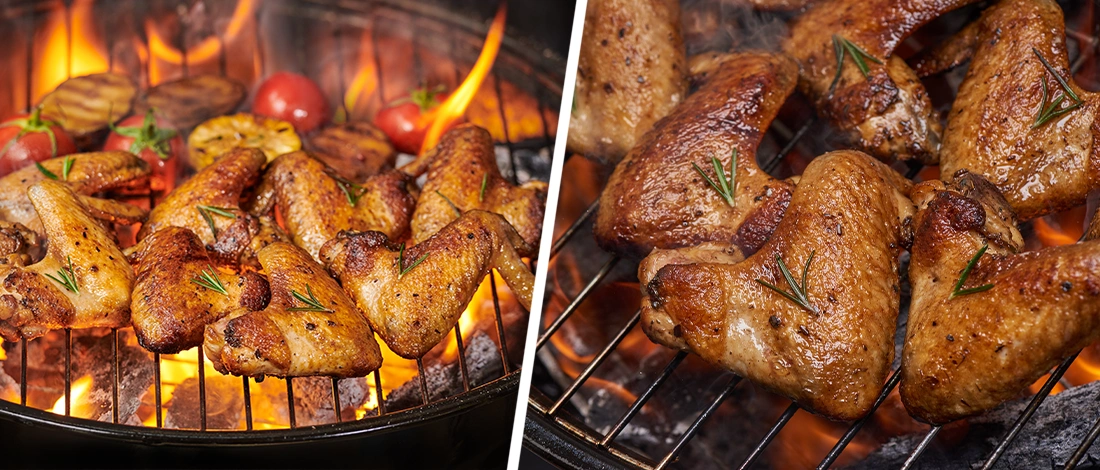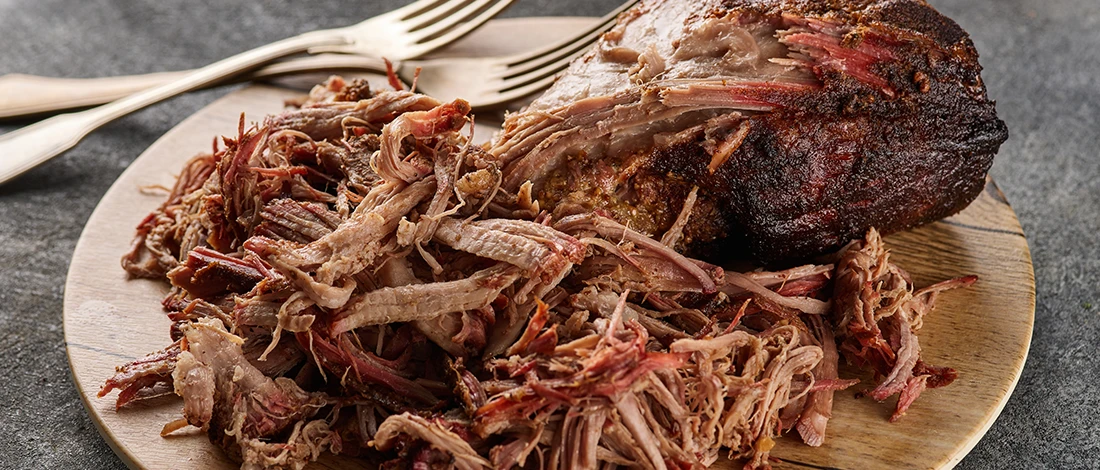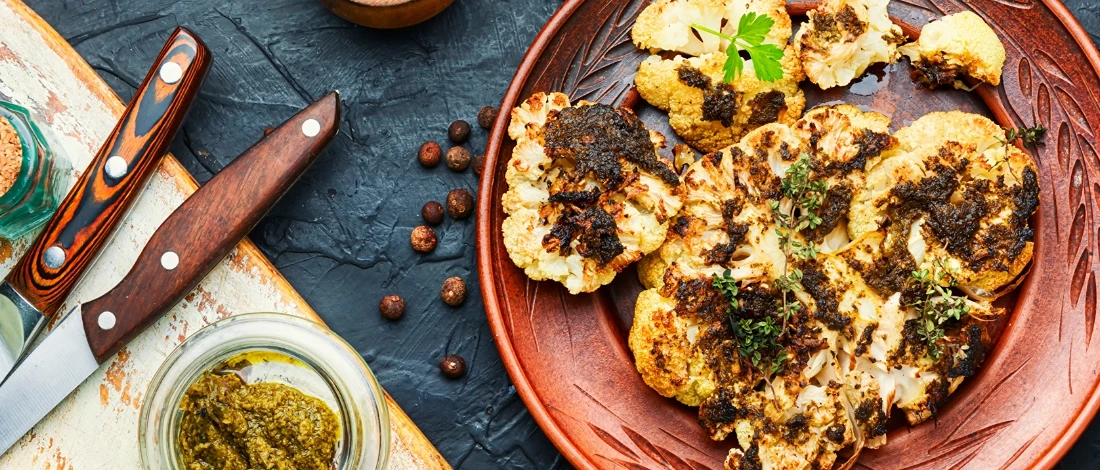Pulled pork is a delicious and versatile dish to keep you full for hours on end. When I'm preparing a large meal for a big gathering of family and friends, I generally opt for barbecuing pork shoulders to get the most delicious pulled pork.
At Carnivore Style, we love creating hearty meals like this that fit perfectly into a carnivore diet, so I’m excited to share my tips with you.
After numerous tries, several techniques, and recommendations, I can assist you in achieving the ideal pulled pork with these 12 tips I’m about to share.
Quick Summary
- Making perfect pulled pork involves using a boneless pork shoulder, slow cooking, and basting.
- The pork should be cooked slowly over low heat for the protein to break down properly.
- The pork should be pulled apart by hand, not cut into chunks, to retain moisture.
What Is Pulled Pork?
Pulled pork is a barbecued dish made from cuts of meat cooked slowly over charcoal fires for hours until they are soft and tender enough to be easily "pulled" apart with your hands. It is also known as the Boston Butt.
12 Tips to Make the Perfect Pulled Pork

- Choose the Meat. A boneless pork shoulder is the best meat to use for pulled pork. It has just the right fat to make the meat tender and juicy. A picnic shoulder is also another option, but it has more bone than meat; I seldom opt for that.
- Trim the Excess Fat. Trim off any excess saturated fat from the pork shoulder. The amount of fat in the cut will mostly depend on the level of trimming [1]. You want a thin layer of fat on the meat to help keep it moist during cooking, but you don't want there to be too much fat.
- Keep the Seasoning Simple. Avoid using marinades, injections, and brines when cooking pulled pork. Extra seasoning will only add extra moisture to the meat and make it take longer to cook properly.
When I prepare pulled pork, my favorite seasoning usually consists of a dry rub of garlic powder, brown sugar, smoked paprika, and salt. This gives the meat a lot of flavor without making it too wet and tough.
“There isn’t an animal on earth that isn’t made better with one-third brown sugar, one-third salt, and one-third smoked paprika.”
- Barney Desmazery, Senior Food Editor-BBC Good Food
- Use Wood Pellets (optional). The wood pellets you use can add a lot of flavors. If you are going for a smokey flavor, I recommend the Signature Blend and Hickory, but for a sweeter touch, try Maple or Pecan BBQ Wood.
- Keep It Low, Slow, and Consistent. Cook the pork shoulder slowly over low heat to allow the protein to break down properly. This will result in more flavorful, tender pulled pork.
If you are not using a griller, you can use a dutch oven, but make sure to preheat the oven to 300°F. You can also use a slow cooker, but make sure that you cook it on the slow cooker on low heat for 8 hours.
- Use a Heat Thermometer. A digital heat thermometer can help you monitor the internal temperature of your meat while it cooks.
- Be Patient. The pork needs to be heated up to a cooking temperature of 150°F. The pork can stay between a medium-high heat of 150 and 160°F for up to five hours.
- Test for Doneness. It all depends on the size. The temperature of the meat must reach at least 195°F, which will take 8-10 hours.
To help the pork shoulder cook evenly, I like to place a foil-wrapped brick on top of the meat while it cooks. This helps to weigh down the pork and keeps it from drying out. At the end remove the lid and make sure the pork easily parts with two forks.
- Let It Rest. Your pork is probably making your mouth water by now. But you should wait about 15 minutes for it to cool down so the flavors will sink in.
- Pull, Don't Chop. Do not cut the pork into chunks. Keep the moisture by pulling the pork apart by hand. You can also put the pork in a stand mixer to help with the process.
- Baste the Pork With Barbecue Sauce. I like to use an apple cider vinegar-based BBQ sauce when basting the pork. This helps to cut through the fat and adds a bit of acidity to balance out the flavors.
- Serve It Up. Finally, serve on a plate as pork sandwiches with barbecue sauce, coleslaw, and pickles, or as an easy dinner option by stuffing it into buns.
You can also use the shredded meat to top tacos or nachos, make quesadillas, or add it to baked potatoes and macaroni and cheese.
Related Article: How Does a Digital Meat Thermometer Work?
FAQs
Does Pulled Pork Get More Tender the Longer You Cook It?
Yes, pulled pork gets more tender the longer you cook it. It is actually fully cooked when it reaches an internal temperature of 195°F. However, you can continue to cook it for a longer time, but keep in mind it will lose the ideal tenderness you would otherwise get.
How Do You Keep Pulled Pork Moist?
There are several ways to keep pulled pork moist, including basting with vinegar-based BBQ sauce, using wood pellets or liquid smoke, or wrapping it in parchment paper or aluminum foil to retain moisture.
Which Is Better, Pork Butt or Pork Shoulder?
Pork shoulder is better than pork butt if you prefer a pronounced pork flavor while pork butt is better if you want a milder flavor. A lot of people choose to smoke pork butt for this reason. Both pork butt and pork shoulder are very similar cuts of meat and can be used interchangeably for most recipes.
Achieving the perfect pulled pork isn’t as hard as it seems with the right techniques. I hope these 12 tips help you make your next gathering even more delicious. Be sure to check out more cooking guides and tips from Carnivore Style to keep elevating your carnivore meals.
References:
- https://www.healthline.com/nutrition/foods/pork








